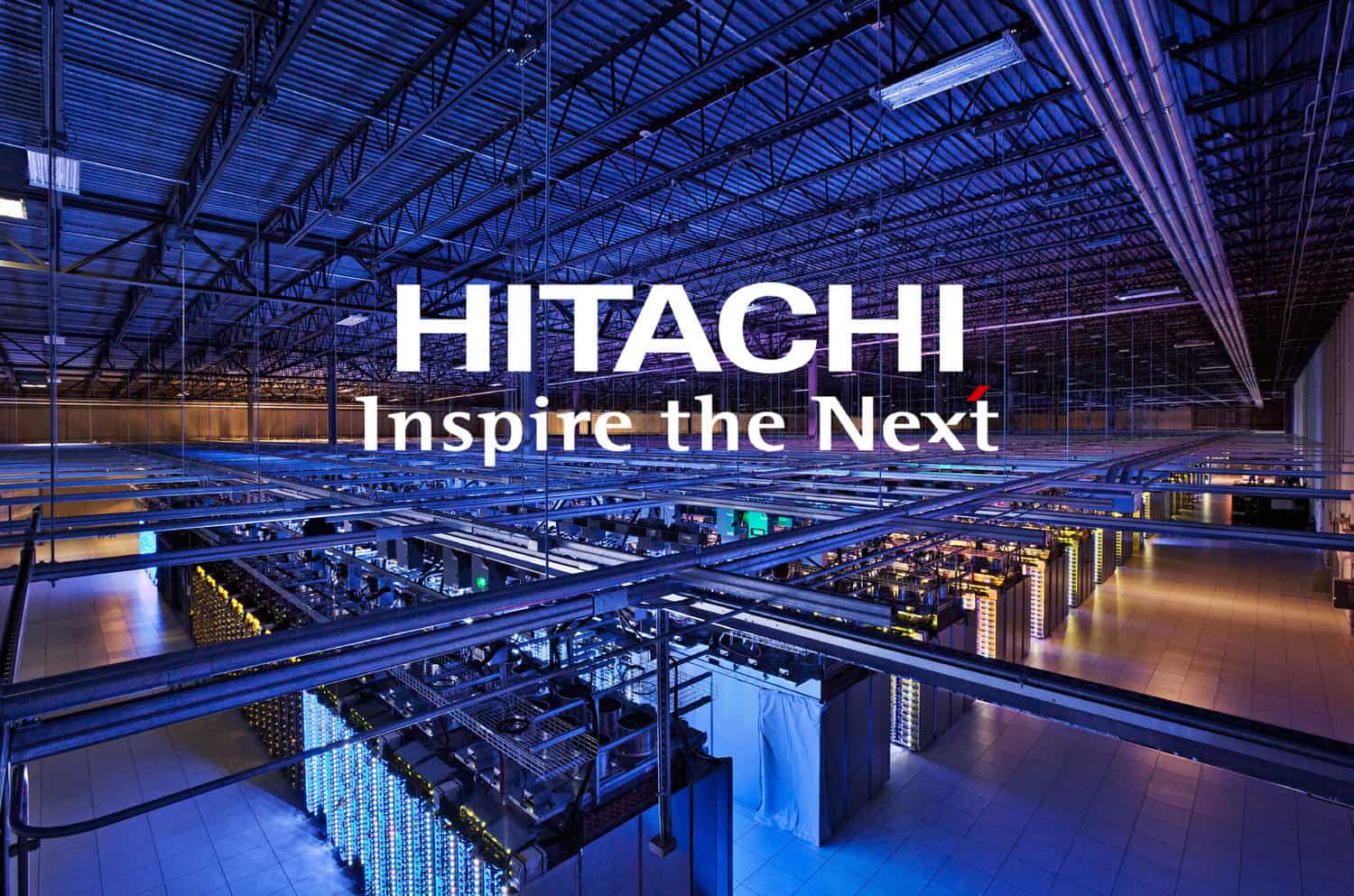Hitachi Automation Director
One of the biggest drains on a data centre team’s time is provisioning and maintenance of infrastructure resources. These tasks can easily consume over 45% of staff time, impacting their ability to define new solutions that will drive the business forward. Provisioning tasks can also introduce the potential for accidental errors when tasks require many steps. These errors can impact customer experiences, raise costs and even cause data loss.
Automation can help, ensuring resources are quickly and properly configured while staff work on strategic initiatives. Many automation offerings, however, only support a single vendor’s systems or a limited set of tasks, reducing their value. Hitachi Automation Director (HAD) orchestrates a broader range of tasks and resources to accelerate operational success.
By modernising delivery and control of Hitachi and third-party infrastructure resources, HAD minimises the time spent provisioning and managing resources by upwards of 90%. Automation is based on service level agreements (SLAs) and assisted by an embedded artificial intelligence (AI), ensuring resources are consistently configured to meet business needs and best practice requirements.
Most automation workflows are rigid and can only repeat tasks. But what if you need them to make a decision, like choosing between two arrays for provisioning storage? Can the workflow choose the array that gives the best performance and resource utilisation? HAD includes AI to make real-time decisions that improve resource usage, application performance and, ultimately, user experiences. No two data centres are the same. They each have their own mix of systems and software as well as their own best practices. To support the unique needs of each organisation, HAD includes a customisable service catalogue and service builder function.
As data centres are modernised, organisations often implement additional management tools. These tools can simplify operations, but only if they work together. To increase operational simplicity and create a unified management framework, HAD includes a robust REST API set that applications can call to have HAD automate tasks for them. ServiceNow integration is an example of this. ServiceNow and HAD can work together to execute storage provisioning service tickets. This greatly reduces the time to complete business processes and eliminates delays when staff has to manually handle requests.
Another key initiative in data centre modernisation is leveraging analytics to predict and prescribe action. With tools like Hitachi Infrastructure Analytics Advisor (HIAA), data centre leaders can predict potential issues and prescribe configuration changes so the data centre runs at peak efficiency. Analytics add tremendous value in enabling better decision-making, but analytics are not action. If a data centre team has to take manual action based on analytics, it loses time and may encounter human error. To turn analytics into action, Hitachi integrates HIAA and HAD. HIAA can predict how QoS should be configured, then call HAD to make QoS changes. This approach reduces time spent on manual operations and begins the journey to autonomous operations.
To find out more, contact: [email protected]
